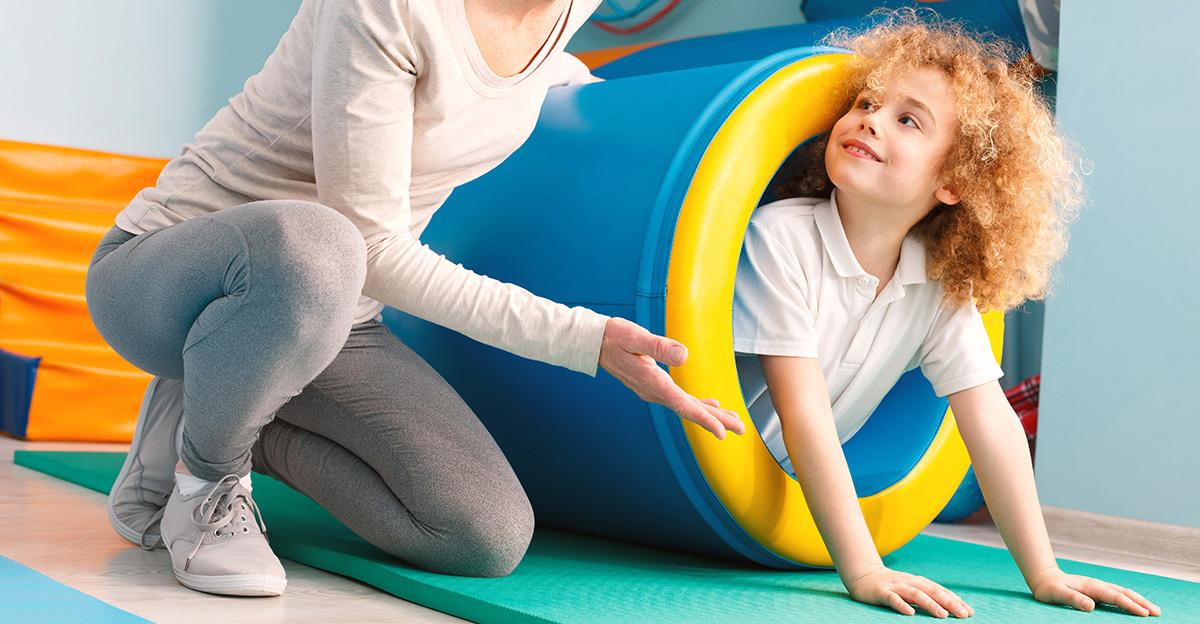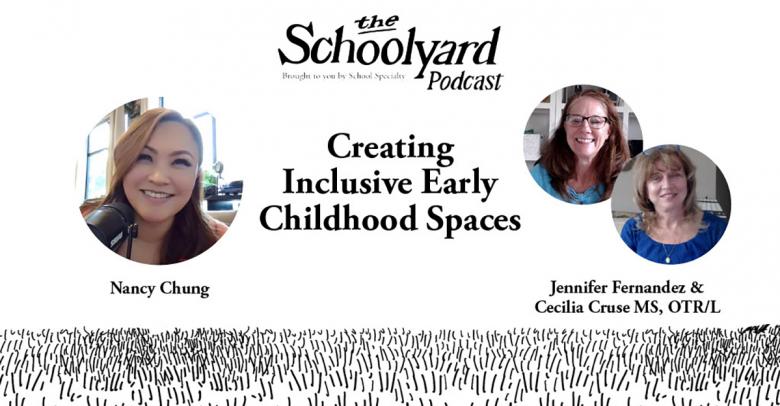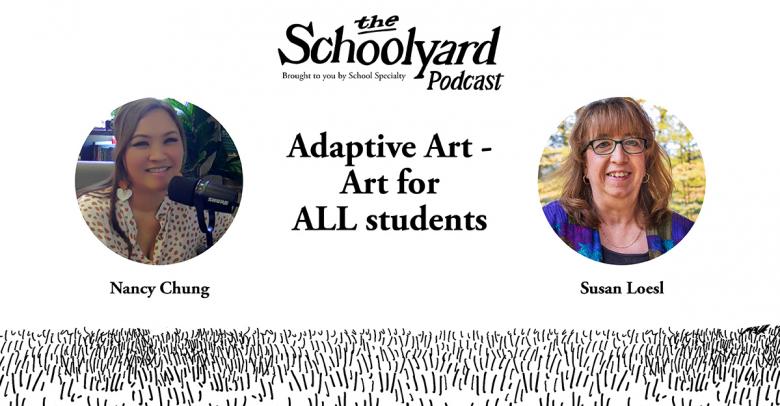Pediatric occupational therapists often support educators and parents in helping children with handwriting skills. Long before students sit down at a desk to write, there are building blocks that form their foundations for success. Check out these occupational therapy tips to help your students develop fine motor skills.
5 Occupational Therapy Activities for Fine Motor Skills
Allow for Tummy Time
The prone or belly position is an important step in infant and toddler growth and development. As they learn to push up on elbows and hands in this position, it helps develop shoulder stability and build the arches of the hands. This is important later for strength and precision activities like throwing a ball or writing with a pencil. Even older children can benefit from tunnel or scooter board activities. Try Abilitations Sensory Floor Tiles to bring some sensory fun to tummy time!
Work on Vertical Surfaces
From pre-school and up, working on vertical surfaces can support the concepts of tummy time. From painting on easels to writing on wall-mounted whiteboards, this position helps build good neck and shoulder muscles. These muscles are necessary for stability with writing skills as well as visual tracking skills needed for focus and precision.
Build Strong Hand and Finger Muscles
Although standard early childhood modeling clay is a staple, consider using CanDo Theraputty to really give student hands a workout. Hide coins or chips in the putty for children to fish out using pinch and push skills. This exercise helps build intrinsic hand muscles needed for fine motor skills like using scissors and squeezing a glue bottle.
Add Visual Tracking Skills
Tracking bubbles, hitting balloons, playing flashlight games, and tossing a balloon or beach ball are great ways to build the eye muscles and help with visual plane changes. These will be key to developing successful copying skills from board, book, or tablet.
Vary the Use of Media for Writing and Drawing
With so much emphasis on technology, it’s important to remember that effective fine motor skills depend on strong tactile (touch) skills. Add more texture and sensory input by practicing letters or designs using Wikki Stix or drawing with the Squiggle Wiggle Pen. LCD eWriters, like Boogie Boards, make a durable alternative and segue to using smart tablets with writing and drawing apps.
Introduce Helpful Sensory Tools
If wiggles and fidgets are an issue with in-seat and on-task behavior, adding simple sensory tools like a weighted lap pad may provide the right amount of deep touch pressure for calming.
Allow flexible seating options. Flexible seating can give that just right sensory input each student needs to focus on fine motor skills. The Runtz and Zenergy ball chairs combine a stable base with the mobility top of a ball for students with the wiggles. The Abilitations Dream Chair provides deep touch pressure input for good spatial boundaries when students need extra body support. Be sure to pair this with a weighted lap desk for a cozy and stable learning space.
More Occupational Therapy Tips & Ideas
To find more helpful tips, tricks, and ideas relating to occupational therapy or with a focus on students with special needs, check out the Special Needs category on our blog!
April is Occupational Therapy Month! Supporting fine motor skills is only one component of the diverse role occupational therapists play in helping people of all ages. They can aid in preventing injuries, or living better with an existing injury, illness, or disability. For more information, visit the American Occupational Therapy Organization (AOTA) website.
Cecilia Cruse
Cecilia Cruse, MS, OTR/L has a BS degree in Occupational Therapy from the University of Florida, and her Master’s degree in Education from Georgia State University. She is SIPT certified and has over 25 years’ experience in pediatrics with school-based services, acute care, and outpatient pediatric settings.
Read more posts by Cecilia Cruse–>







Leave a Reply